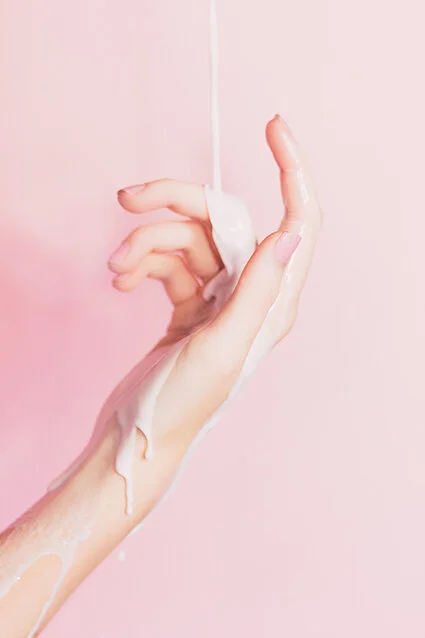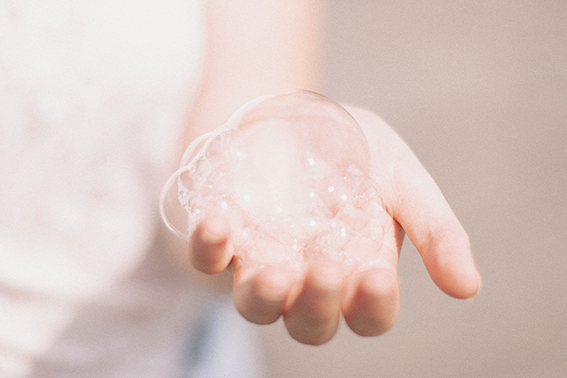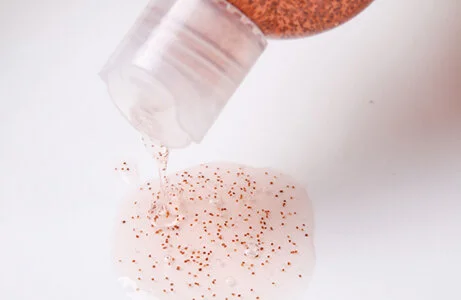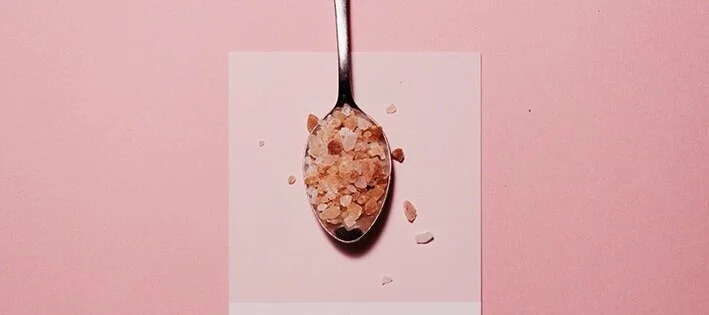Plastics in the Cosmetic Industry
Not every kind of plastic is visible to the naked eye. Tiny pieces only appear when taking a closer look. Diving into the micro-sphere, everything less than 5 millimeters in size is considered microplastic. Less known, but still pervasively present are the so-called microbeads, particles smaller than one millimeter. However, you could even go further. Only recently scientists started mentioning nanoplastics, particles smaller than a few micrometers. What sounds like a futuristic idea, represents a very existing problem: nanoplastics can literally get through a human skin’s surface. Let’s look at the matter step by step.

Lipstick: A Common Product Containing Microbeads I Photo - Ian Dooley

Fighting Microbeads in the Cosmetic Industry I Photo - Ian Dooley
microplastics, microbeads and nanoplastics

Shower Gels: Often Reinforced with Nanoplastics I Photo - Matthew Tkocz
Microplastics, microbeads and nanoplastics are synthetic substances intentionally added to a wide range of products in different sectors, ranging from fashion to constructions. However, it is in particular the cosmetic market making use of its “benefits”, polluting our seas, damaging the eco-system, our environment and of course harming our bodies.
Microbeads provide simple solutions and are often relatively cheap alternatives to organic material. They extend shelf life, serve as bulking agents, release their ingredients gradually and have exfoliant and abrasive properties. Cleaning products, rinse-off and personal care items, such as face scrubs, toothpastes and shower gels, are using them the most.
In a single shower, experts estimate gels to release up to 100.000 plastic particles into the sewage system. At the same time shower gels are not even considered the major source of microbead pollution. Cosmetic products are the real danger: products like lipstick, anti-wrinkle cream, eye shadow, exfoliants or mascara are often highly concentrated with microplastic beads. Even skin protective products provide a significant quantity of microbeads. Examples could be sunscreens, insect repellents or deodorants. Experts estimate some products to consist in over 90% in plastic polymers.
microbeads & the environment

Face Scrub Altered with Microbeads
As waste water treatment plants are unable to filter microplastics out, the environmental impact of the cosmetic industry is significant. Microplastics get discharged into the water bodies and make their way into rivers, lakes and oceans. Once in the sea, toxins and bacteria are attracted by them and stick to their surface. Mistaken as food, they get consumed by marine animals and through the food chain they get right back into our bodies.
microbeads & health
Even if there are still vast knowledge gaps regarding the impact of microplastics, there is consistent evidence that exposure to plastic can lead to health complications. Once plastic particles enter our body, they are likely to interfere with our organs. Moreover many additives like BPA and BPF - Bisphenol A and F - are considered hormone disruptors. They are used to increase thickness and durability of materials. The effect of the majority of synthetic substances is still unknown, since they haven’t been tested yet. Health risks do depend on the amount of plastic beads our body is exposed to. However, it seems self-explanatory that something that unnatural cannot contribute to a wholesome system.

Salt for Natural Exfoliation I Photo - Autri Taheri
natural alternatives
As mentioned before, natural alternatives do exist. Taking exfoliation characteristics an example, a broad variety of natural ingredients can replace plastic beads. A bead made of oil deriving from the jojoba plant would be a fully biodegradable option. Simple solutions as salt, coffee and rosehip seeds are valid sustainable alternatives. Somehow, they still have an impact on the environment, but certainly they do not interfere with nature the way plastic does.



